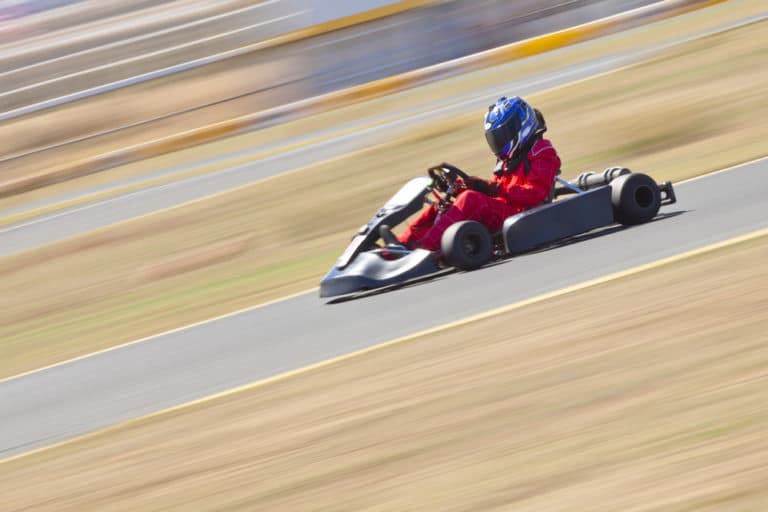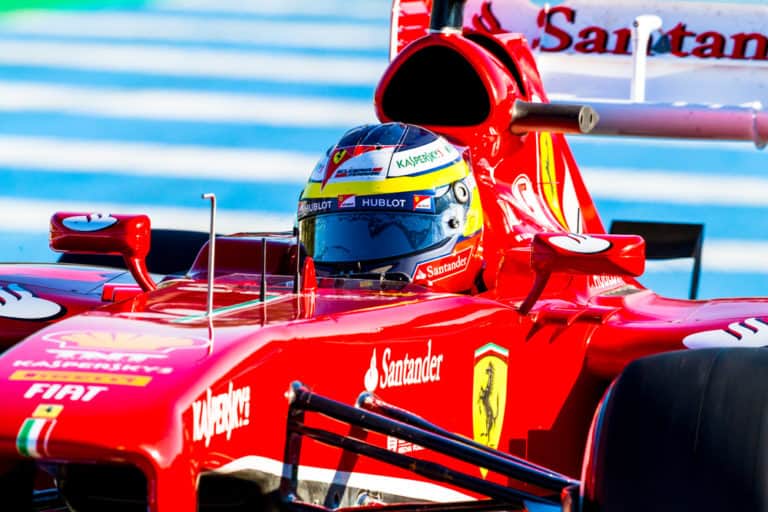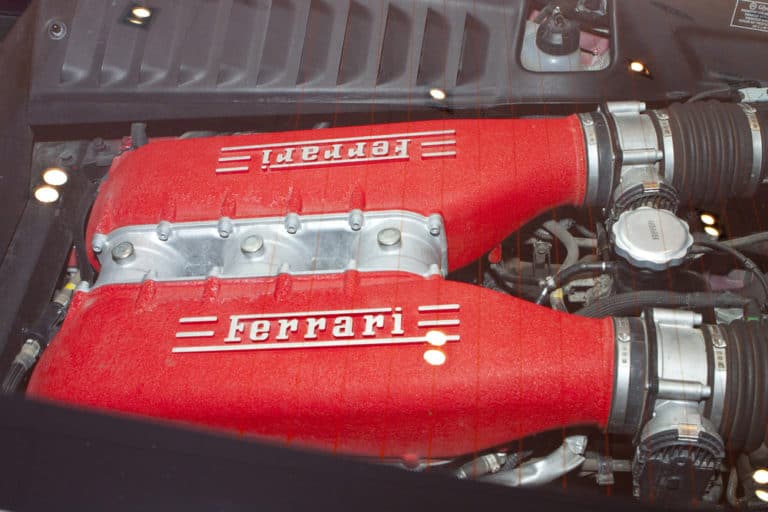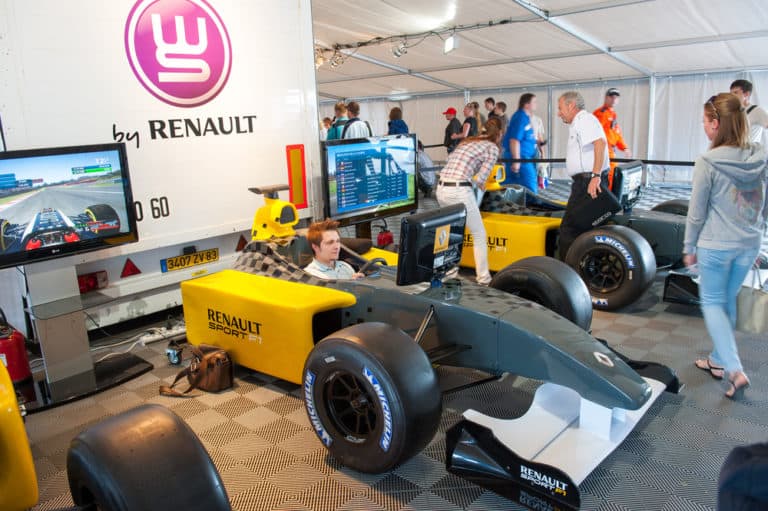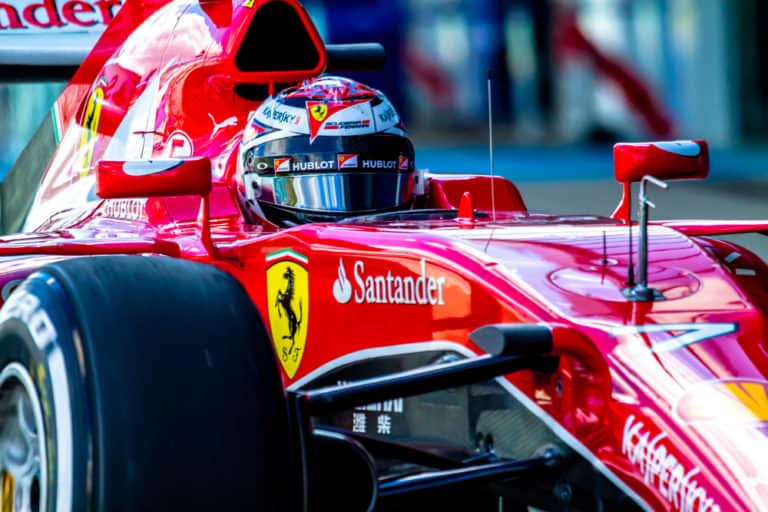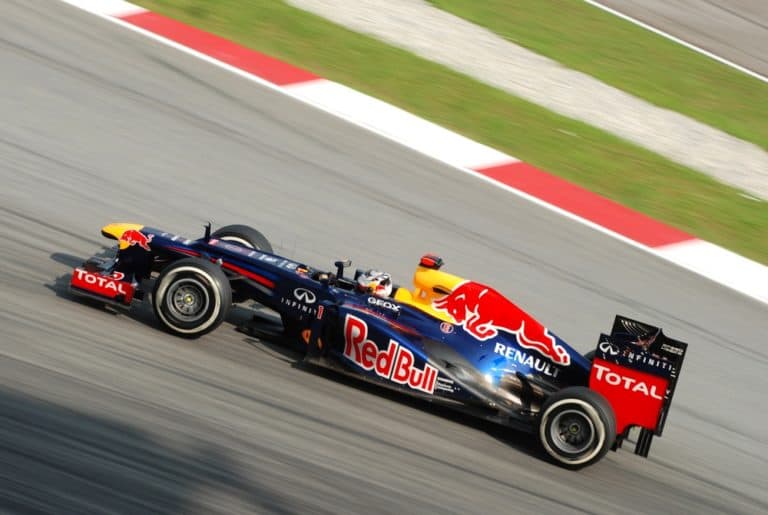I got asked this question just the other day, how hard is it to drive a Formula 1 car? I almost forgot about it until I was watching the 2023 Silverstone race. I wondered how many people watch these races but don’t fully understand just how difficult it is to drive these cars. So, we are going to try our best to answer it.
Driving an F1 car is highly challenging. The vehicle needs to be going fast enough to warm up the brakes and the tires. If they are not warm enough, they will not work, and the car will not break or turn. At the same time, you have to deal with immense amounts of g-force while still being focused enough to take corners at high speeds.
In this article, we are going to take a deep dive into everything you need to know. Our goal is not just to answer how difficult an F1 car is to drive; our primary goal is to tell you why it is so complicated. Also, for those of you wondering if you can make it into F1, we have a bonus section for you, and I recommend that you keep reading this article.
Are F1 cars difficult to drive?
Further down in the article, we will discuss what it feels like to drive an F1 car. So, we will try and avoid giving you any spoilers in this section. However, we do need to discuss whether or not F1 vehicles are difficult to drive. There is a lot to discuss, so let’s jump in.
F1 cars are extremely technical to drive. The car is built to be operated at high speeds, and they are not made to be comfortable. Driving the vehicle at low speed, you will struggle to take any corners because the car will struggle to turn.
So, you need to be brave enough to push the car as much as you can just to be able to turn. Now that you are going fast enough, you will need to maintain that speed when going around corners and still control the car.
Remember, F1 cars use a specific type of braking system. The brakes are made from carbon which is useless at anything below 400 degrees Celcius. The brakes are at their peak at around 700 C.
If you are lucky enough to drive in an F1 car, you are going to spin out quite a lot. You are in an incredibly light but fast rear-wheel-drive vehicle. Accelerate too excitedly in a corner, and you will be off the track faster than you can blink.
What Does Driving an F1 Car Feel Like?
To fully understand how difficult it is to drive an F1 car, you should know how it feels to drive one and because we don’t have a vehicle for you to test out well, the best we can offer is to describe it to you. So, let’s get into it.
F1 Cockpits are Hot
The cockpit of an F1 car reaches 122 degrees Fahrenheit (50 C). Then it would help if you considered that you wouldn’t be allowed to drive an F1 car without a proper racing suit. You will also have a balaclava made from Nomex over your head, followed by a premium quality helmet.
So, combine all these factors, and it gets really hot in there even before the race starts. It would be best if you also considered that you have the heat of the cars around you and the heat of the track in a race. Yes, F1 tires cause an immense amount of heat on the road.
It is said that F1 drivers lose approximately 4 lb in every race. This weight loss is due to the amount of sweating they go through because of all the heat. The extreme G-force amplifies the stress your body goes through, so that also adds to it.
F1 Drivers Cope With Extreme G-force
G-force is always abbreviated to “Gs.” On earth, we experience 1 G. In a car, you could experience an increase of up to 0.27 Gs. In a supercar that can do 0 to 60 in around 2.7 seconds, you might be able to experience an additional 1G, so about 2 Gs. Obviously, that does not account for accidents.
Now that we have that perspective let’s talk about how much G-Force you will experience in an F1 car.
Below is a video of Carlos Sainz experiencing up to 5.5 G’s. Most of us reading this are not scientists, so those numbers might not mean much but let’s try and further put that into perspective.
F1 Driver G-Force Analysis: Onboard With Carlos Sainz
Most of us will be able to handle 5 Gs for extremely short periods. A trained pilot can sustain up to nine Gs, but only four 2 seconds; anything above that would, unfortunately, be lethal. In an F1 car, you experience anything from 2 Gs to 7 Gs with every corner.
F1 Cars are Hard To Turn
While you are in the car, you will find it extremely hard to turn it. Firstly, if you are going too slow, the vehicle will slide because of the tires’ lack of traction and grip. Then, once you are driving at high speed, controlling the car while taking corners is extremely challenging.
So, in an F1 car, you cannot be scared because that can be fatal. Instead, you need to be brave enough while staying 100% focused on ensuring that you can take corners adequately.
F1 cars are not comfortable
Now, while you are in an F1 car, you will be extremely uncomfortable. First of all, we have already discussed that it gets hot, but millions of dollars get spent every year to shed as much weight as possible within the FIA regulations.
So, while in the cockpit, you will be uncomfortable. You will feel every bump on the road and every vibration of the engine from your feet to your head. For some, this helps them stay in tune with the car, but for regular folk, it might get uncomfortable after the first 10 minutes.
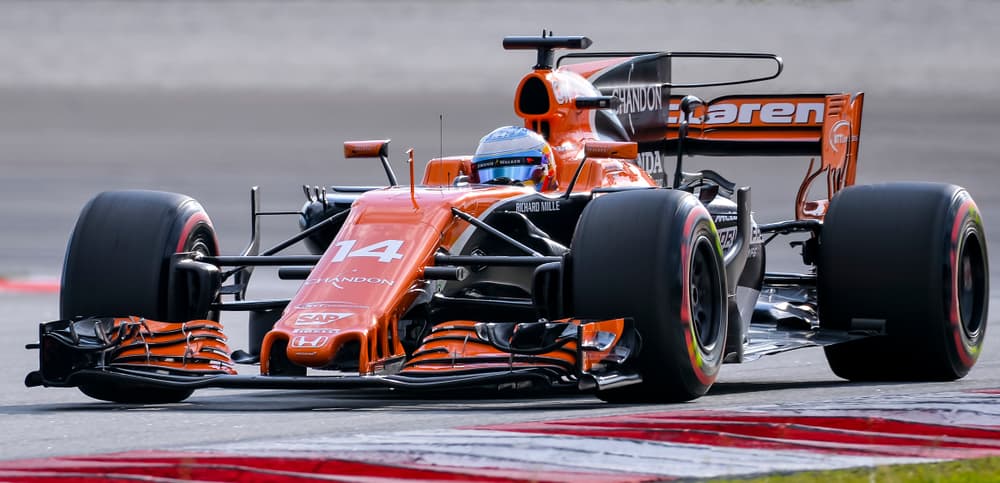
Are F1 Cars Like Go-Karts?
It is no secret that most Formula1 drivers have a background in go-kart racing. The two vehicles are similar to each other. However, there are vast differences that set them apart, and to say that they are the same would be disingenuous.
The most similar thing between a go-kart and a Formula 1 car is handling the two vehicles. Also, the power-to-weight ratio, while not the same, is drastic. This ratio makes both cars feel extremely fast. Other than that, not much is the same. We can say for sure that if you can’t experience what it feels like to race in a Formula car, try competitive go-karting.
What Is The Hardest Part of Driving an F1 Car?
You could ask ten different people this question, and you might walk away with six or seven different answers. It is best to think of it as “what do some people struggle with the most when driving an F1 car”?
For some, the handling of the car can be difficult. You need to go fast enough to ensure that the tires and brakes are hot enough to work because if they are not hot enough, they will not do their job. While you are going at high speeds, you need to know how to take corners because if you don’t, you will spin out, and it can be tragic.
For some, staying focused is the hardest part. Getting the car up to speed for these individuals can be easy, but it is incredible to think about how much focus a professional driver actually has.
Do you Have to Be Fit to Drive an F1 Car?
This is a question that we get asked a lot. We need to answer in two parts, but it is also a simple answer to a relatively simple question.
Formula1 drivers need to be in top shape both physically and mentally. A driver would need to sustain rapid weight gain and rapid weight loss week in and week out.
A driver needs to be able to sustain high g-force during a race. They also need to withstand immense amounts of heat that come off the track and the car producers. We have already stated that a driver loses approximately 4 lbs every race.
Now, imagine having to deal with all of this and stay 100% focused all of the time. When you are racing, it is not just about winning, although that is important. Instead, you are responsible for your safety and the drivers around you. So, losing focus for even one microsecond can be catastrophic.
How Young do F1 Drivers Start?
You might look at Formula 1 drivers and think that they are very lucky to be where they are. Well, that can be kind of true because the amount of money it takes for a family to get their child to a point where he can race for F1 is far beyond the reach of many people.
However, we must not forget the dedication it takes for these drivers to get to where they are. After all, they start extremely young, and most of them begin in go-karts. While that may seem fun, think about it from the perspective of a seven-year-old kid who has to do the same thing week in and week out. I am sure it must be mentally challenging.
Here is a list of some of the most popular drivers in Formula1 and how old they were when they started.
- Lewis Hamilton: He started in go-karts at six years old. At the age of 8, he was already racing competitively.
- Lando Norris: The up-and-coming racing sensation and Twitch streamer started at only seven years old.
- Sebastian Vettel: He started at 3, no wonder he is a multiple-time world champ. He started competing at 8.
- Max Verstappen: Max is close to being the 2021 world champion; he started at 4.
- Kimi Raikkonen: The veteran racer started when he was 11.
That list might seem crazy, but at least now you know how many years of experience these guys have when driving in an extremely difficult car to drive and doing so at such high speeds with an immense amount of focus.
Can a Regular Person Drive an F1 Car?
You can pay a company called GPexperience around $6,000 to $9,000 to drive an F1 car. The price is steep, but the question is will you manage to do so? Yes, I believe that a regular person can drive an F1 car on an easy track while monitored and as long as they are fit.
Also, GPexperience makes a day of it. They teach you while letting you start in go-karts and working yourself up.
You would need a lot of briefing, and it would be best if you did as much research as you possibly could before trying to drive an F1 car. We do have a video of a very experienced driver, Richard Hammond, during his first time driving an F1 car. You can see just how much he struggles in the video, and he literally drives cars for a living.
Is it too Late To Become An F1 Driver?
It is easy for someone to try and be motivational by saying that it is never too late to do something. While that statement might be technically true, we need to be realistic while, at the same time, we don’t want to squash the dreams of any of our readers.
Most F1 drivers start when they are young. They begin in go-karts. It is recommended that you spend at least six or seven years driving competitive go-karts before moving up to Grand Prix racing. You will need to be extremely gifted in your go-kart if you plan on making the jump to GP2.
So, if you have the time and resources, you should always try your best to achieve your goals. Start by finding your local go-kart competitions and see what you need to do to register. You will quickly find out whether or not you have the talents required to progress.
Are F1 Cars AWD?
One thing that adds to the difficulty of driving an F1 car is the fact that they are not front-wheel or all-wheel drive. Instead, they are rear-wheel drive, and we all know what happens when you have that much power on your back tires. It is up to you, the driver, to ensure that you control the front of your car.
Are F1 Cars Manual or Automatic?
F1 cars are not automatic, but you can’t say that they are manual either. There is a special name given to the transmission of an F1 car. Before we get into that, it is best to think of it as a VW DSG system. With that in mind, let’s take a look at the transmission of an F1 car.
F1 drivers change gears with their paddle shifters on the back of the steering wheel. The reason they do not need a clutch is that the car uses an automated semi-automatic sequential gearbox.
Conclusion
That brings us to the end of this article. It was extremely fun to write this one because we understand just how many people wonder how hard it is to do stuff. F1 is an incredibly difficult sport. Also, getting into it can be expensive and mentally taxing.
It is also difficult off the track as drivers usually spend an incredible amount of time staying fit. Once they get into the car, their bodies are put to the test.

